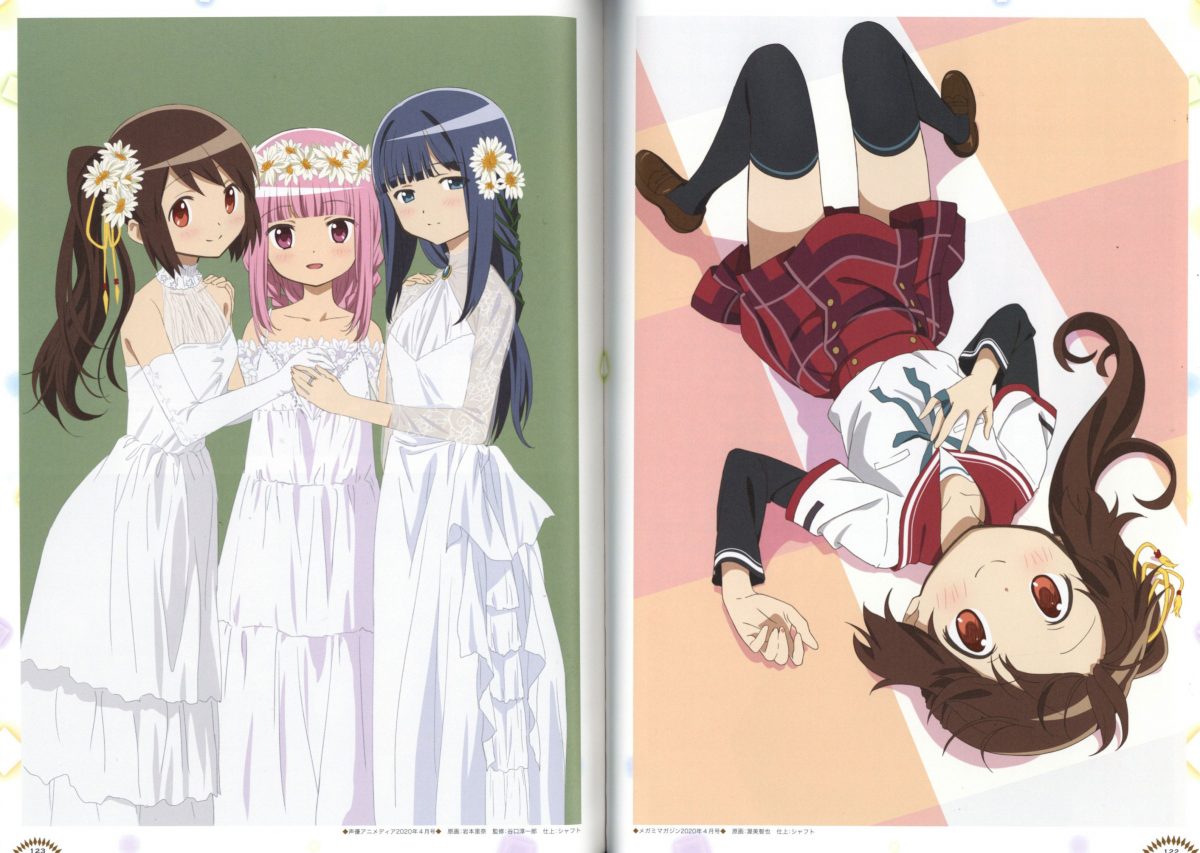While the long-standing Gundam franchise was already a media and merchandise giant by the mid-1990s, its future at that point was anything but settled. Amidst growing pressure from (and eventual acquisition by) Bandai, as well as the tumultuous circumstances around Mobile Suit Victory Gundam (1993–94), Sunrise began creating “alternate universe” works set away from the original Universal Century timeline. This is where Mobile Suit Gundam Wing (1995–96), also known as New Mobile Report Gundam Wing, comes into the picture: an anime series that, though taking much inspiration from its predecessors, marks a break from convention.
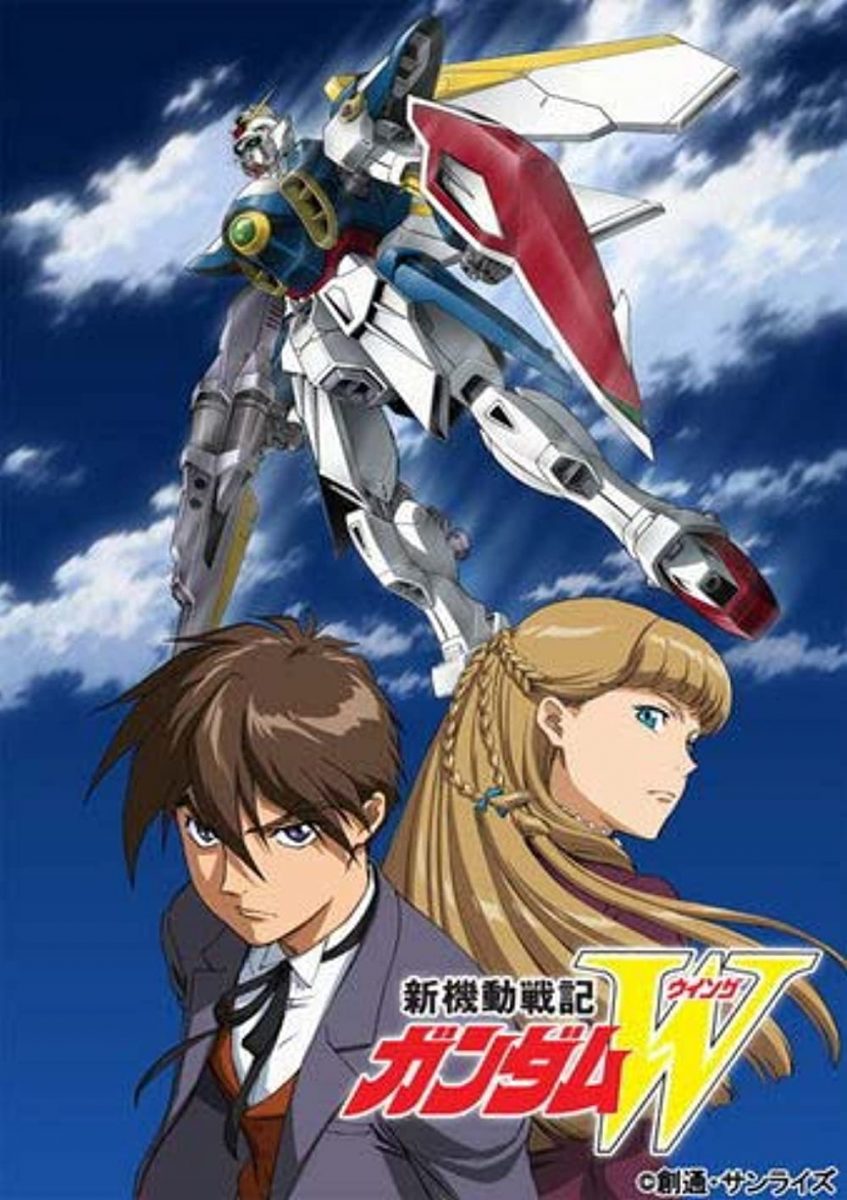
Directed by Masashi Ikeda and written by Katsuyuki Sumizawa, the 49-episode series is by no means the first to follow a different continuity, as seen with Mobile Fighter G Gundam (1994-95). Yet in hindsight, not only was its impact felt within Japan, but it has also become (in)famous for truly popularizing the saga in the West. Chances are, whether you’re from Western Europe or America, this may well have been your first exposure to the mecha juggernaut.
It doesn’t take too much effort, though to figure out why this is so.
A Familiar Future
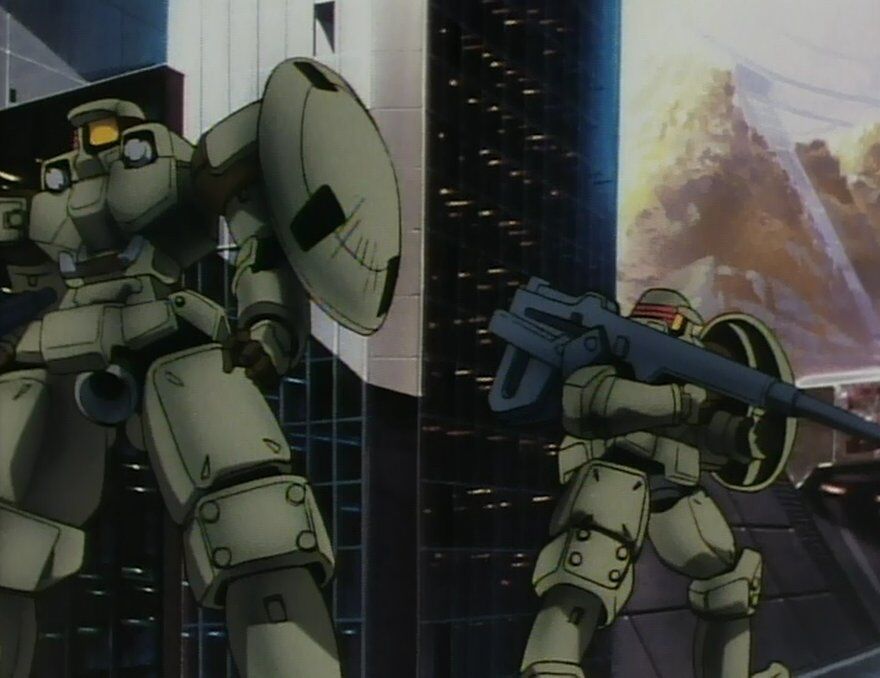
Gundam Wing takes place in the year After Colony 195. For generations, the United Earth Sphere Alliance has held a tight grip over global politics and the space colonies. A group of colonial dissidents launch “Operation Meteor”: five powerful Mobile Suits, made of a virtually indestructible material called Gundanium Alloy, are sent to Earth, where a disparate band of young pilots is tasked with wreaking havoc against the bloc and the enigmatic organization OZ. After a near brush with death, one such rebel going by the name of Heero Yuy (Hikaru Midorikawa, Mark Hildreth) has an encounter with the pacifist daughter of a diplomat, who’s in actuality princess-in-secret Relena Peacecraft (Akiko Yajima, Lisa Ann Baley). This meeting helps set into motion a chain of events that would change the Earth Sphere, forever.
If one thing about the anime catches your attention, it’s how it takes much inspiration from the original continuity, at times to a fault. On top of the Earth vs. Spacenoids backdrop, this is most notoriously exemplified in Zechs Merquise (Takehito Koyasu, Brian Drummond) being the quintessential “Char Clone”. From his appearance as a blonde, masked ace pilot with a thing for the color red, to his overall character arc and even backstory mirroring the Red Comet himself, it could at points come across as though you’re watching a condensed rendition of the Universal Century up until Char’s Counterattack. This certainly lends an air of déjà vu, though to call the premise derivative would be a disservice.
Gundam Wing makes a solid effort to stand on its own as unique. In contrast to the UC works, for instance, After Colony’s Earth Sphere has a fascinating blend of contemporary and early-mid 20th Century aesthetics, whether it’s vintage military uniforms straight out of World War I, or Relena resembling a young Audrey Hepburn. Meanwhile, as much as has been made of the at times heavy-handed motifs of pacifism and the horrors of war, the show also makes a solid effort to make the political and verbal battles as interesting as the Mobile Suit clashes. Granted, this can lead to uneven pacing, with too many moving parts causing more confusion. Yet whether it’s Heero gradually coming to grips over his troubled upbringing as a child soldier, or the villainous if noble Treize Khushrenada (Ryotaro Okiayu, David Kaye) rationalizing his anachronistic views on conflict with his true plans, it can almost come off as a meta-commentary on how grim the original timeline truly was. That the subplot about the Mobile Doll system foreshadowed more modern debates about drone warfare, among others, has also lent it a kind of timelessness.
The Cast
Sunrise’s choice of having five male leads has gained notoriety among some fans for being akin to a boy band, which isn’t helped by their generally bishonen looks and how this was intended to attract female audiences to what had been a predominantly-male genre. Nonetheless, it’s not for nothing that the likes of wise-cracking Duo Maxwell (Toshihiko Seki, Scott McNeil), the stoic Trowa Barton (Shigeru Nakahara, Kirby Morrow), and the arrogant yet principled Chang Wufei (Ryuzou Ishino, Ted Cole) still remain some of the most memorable protagonists in the entire saga, due in no small part to their distinct personalities and character growth over the story. This isn’t to say the rest are ignored, either. Indeed, aside from Relena herself, there’s no lack of notable, sympathetic female characters on all sides, be it the stern yet motherly Lucrezia Noin (Chisa Yokoyama, Saffron Henderson), or the split-personality Lady Une (Sayuri Yamauchi, Enuka Okuma).
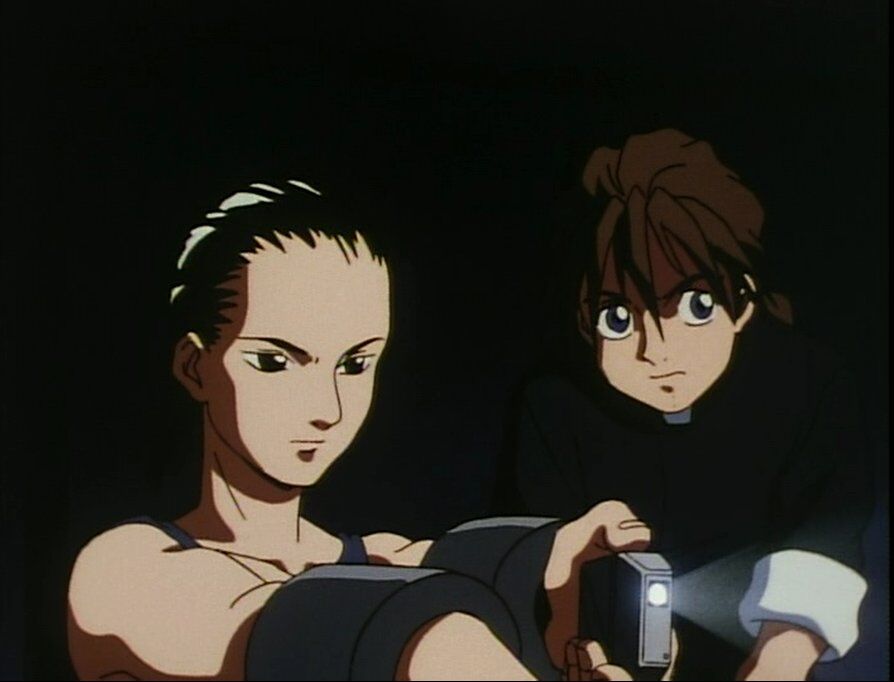
Put together, it’s no wonder that the show gained such lasting appeal or how it would shape later entries in the franchise, even those set in the Universal Century. Alas, not everything has stood the test of time as well.
An Uneven Symphony
Despite the inconsistent quality and somewhat uneven English performances, the execution and likability of even the antagonists can make such issues more tolerable. (Source: YouTube)
Gundam Wing’s visuals haven’t quite aged so gracefully. Even compared to other works at the time, you could tell that the animators cut more than a few corners. As a result, the details and consistency, especially on the titular Gundams, can be woefully uneven. At its best, however, they still do a more than sufficient job in bringing the world of After Colony to life, with its fascinating if jarring mix of time periods. Though it’s also not lacking in recycled footage when it comes to combat, there’s not much to complain about in how the fights can be entertaining, whether it’s Mobile Suits being gunned down or old-fashioned sword duels.
The same could be said for the audio, though to a lesser extent. The Japanese dub still holds up remarkably well in its strong performances, notably marking Hikaru Midorikawa’s breakout role as Heero and the first time Takehito Koyasu became closely associated with the franchise. The English voice acting (whether the censored or uncut versions), by contrast, is more stilted and uneven than nostalgia would have you believe, betraying its ’90s vintage. That being said, the cast for the most part made a decent effort, which may have helped in broadening the show’s appeal to Westerners. Combined with the techno-orchestral setpiece tracks and the involvement of J-pop duo TWO-MIX, it more than makes up for such shortcomings.
Gundam Wing‘s impact internationally has been recognized by Sunrise over the years, as seen with Ricardo Fellini’s custom Gunpla in Gundam Build Fighters. (Source: YouTube)
Despite receiving a rather modest reception upon its first broadcast, Gundam Wing eventually became one of the most popular works in the mid to late ‘90s. Apart from the highly-applauded Endless Waltz (1997), the series eventually spawned multiple manga tie-ins, Frozen Teardrop (2010-15), myriad Gunpla, and became a staple in various mecha video games, including Super Robot Wars. Its success ultimately helped make other alternate continuity works possible. Meanwhile, after being broadcast Stateside in 2000, it not only became most fans’ gateway into the franchise, but also contributed to the overall anime boom in the West at that time.
Overall, love or hate it, this is one anime that’s worth seeing for its significance to both the long-running saga and wider otakudom.


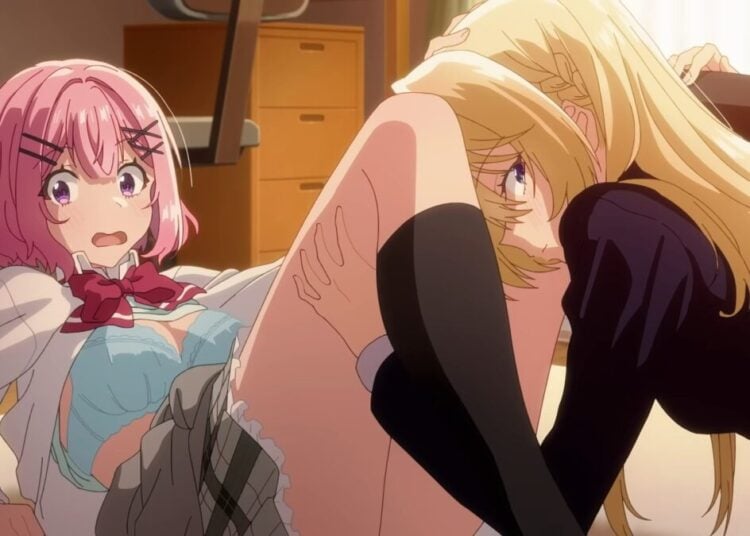
![Sawaranaide Kotesashi Kun Episode 12 [END] Featured Image](https://blog.jlist.com/wp-content/uploads/2025/12/Sawaranaide-Kotesashi-kun-Episode-12-END-Featured-Image-750x536.jpg)




